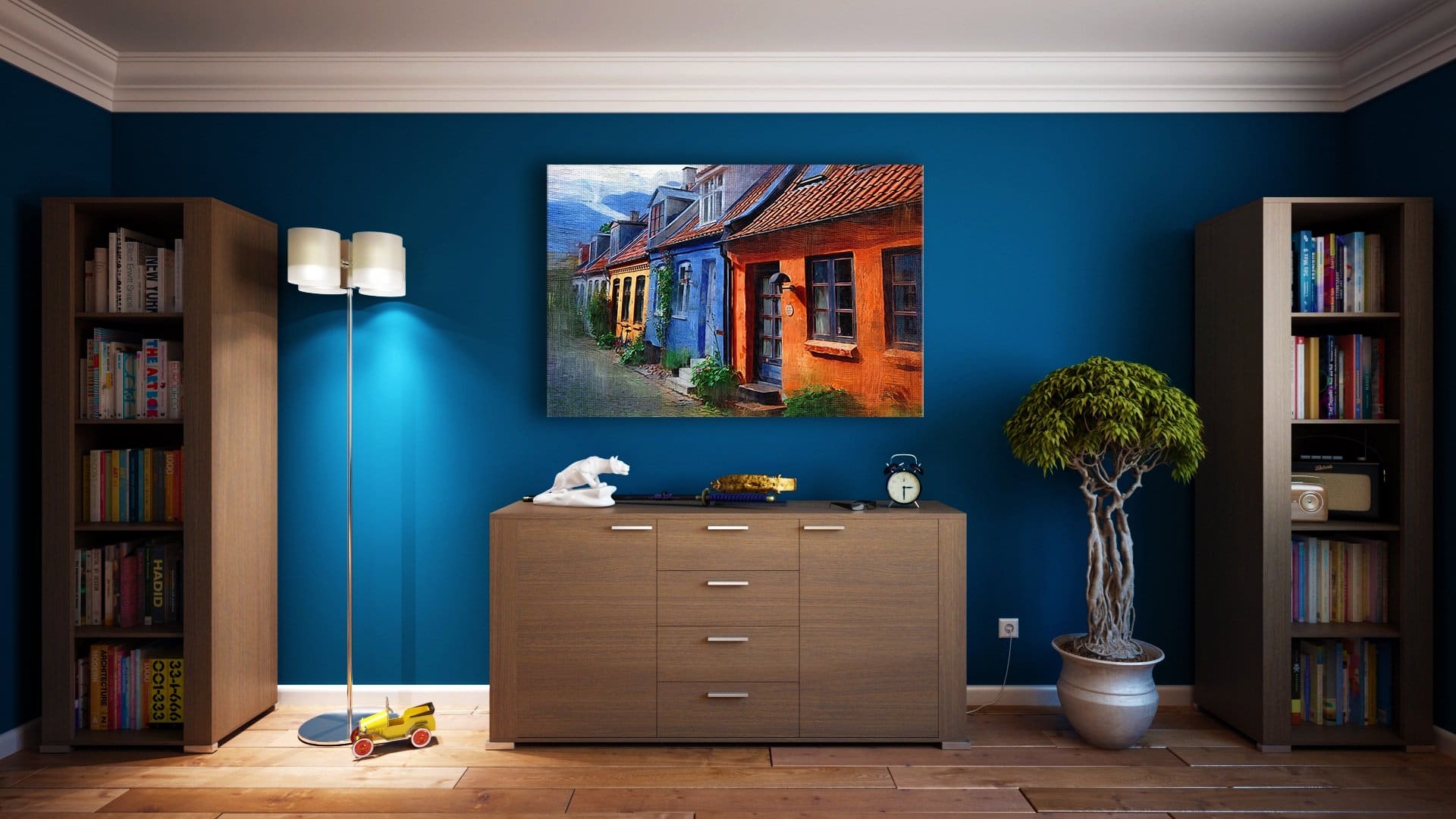when considering how to arrange wall art at home, remember: arranging art can be thought of as an art itself. it’s also an important part of curating your art collection – often, deciding on your next artwork means looking at your current collection and finding where the spaces are.
we’ve been seeing a lot of interest recently in people trying to rearrange their homes (staying indoors for weeks at a time will have that effect.)
but if you’re redecorating, rather than replacing every piece of art you own, it’s always worth seeing how you can refresh your current collection before choosing what to buy next. below are a few of our favourite ways to do just that…
re-framing the situation
one of the simplest and easiest ways to refresh your existing art collection is to re-frame it. if you’ve found yourself feeling tired of your current artwork, there is a good chance that you’re actually tired of the frame.
one reason for this is that frames tend to show their age more quickly than the artwork they hold. not in terms of wear and tear (though if you’ve moved house a few times, this might be the case.) but if the frame was “fashionable” at the time of purchase, it may have gone out of fashion since then, and now looks stale – or worse, tacky.
if you’re redesigning a room, choosing new artwork frames can be a great way to bring in an additional design element. however, in order to stop the “out of date” problem from happening again in a couple years’ time, we recommend you choose something on the minimal side.
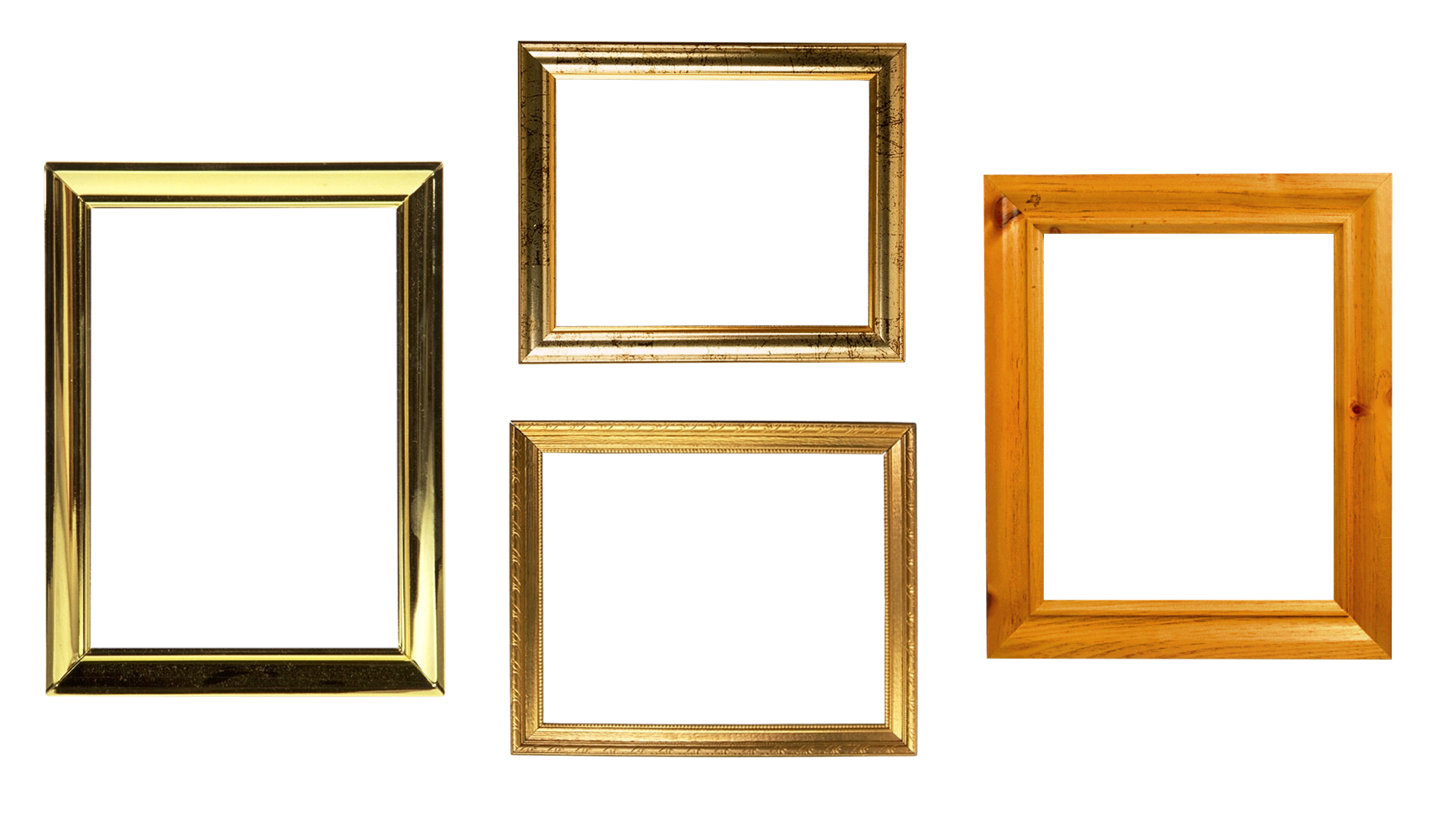
focal point
if you’ve had the same few pieces of artwork displayed next to each other for years, you might have stopped looking at them as individual works. separating and rehanging them can help you to appreciate each piece again.
you can pair or group them on different walls or rooms, to place each artwork in a new context. you can also try hanging at least one of the artworks completely on its own.
a solo display is easier for a large piece, which might be hung as a focal point over a fireplace, bed or dining room table. but smaller artworks can also be placed on their own. you’ll need to find an appropriately small space so the artwork doesn’t get lost on a large wall. try a wall that is partly covered by a piece of furniture such as a bookcase – or a narrow space next to a door or window.
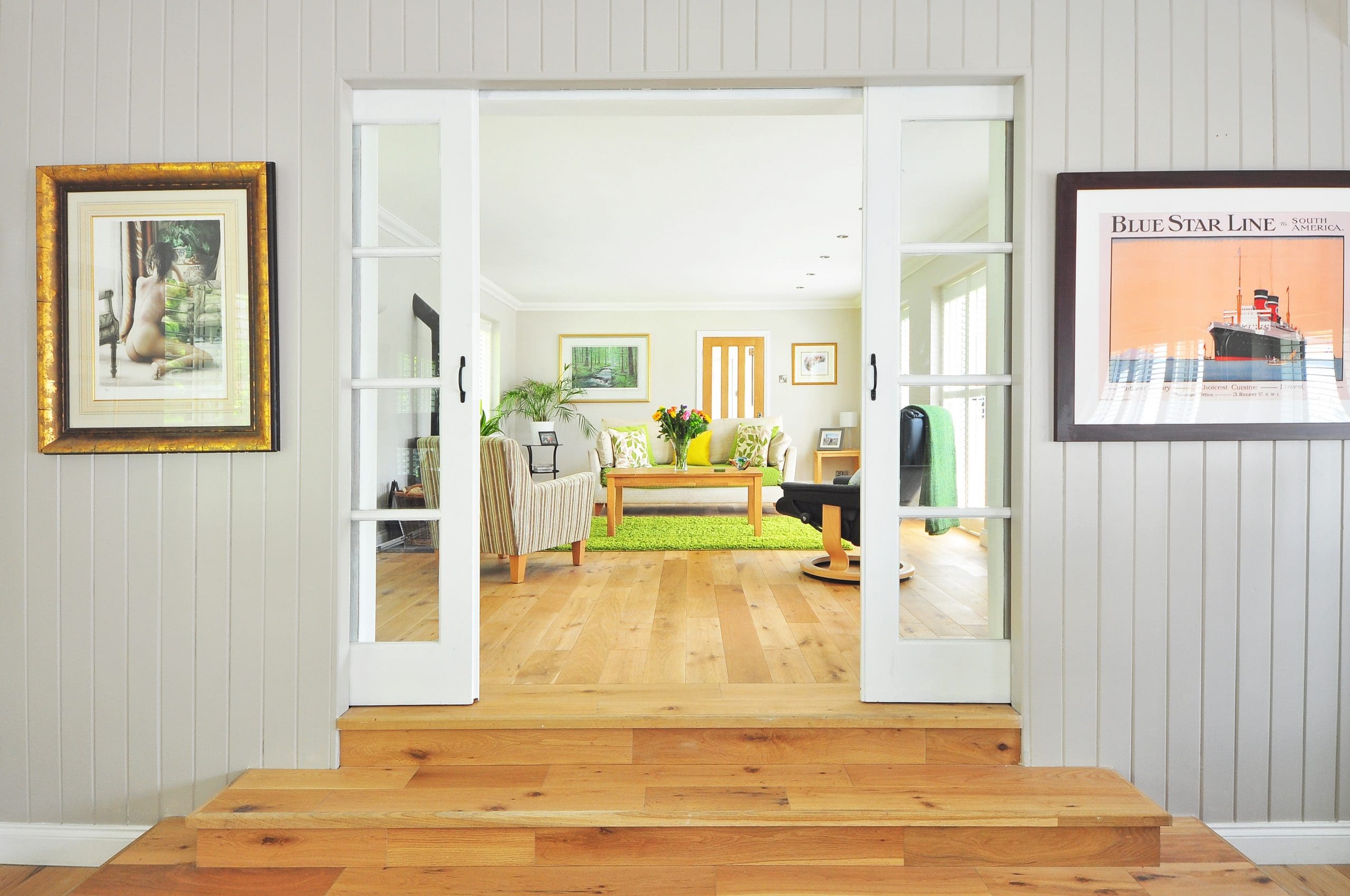
location location location
the location of an artwork has a big impact in the way you experience it. this will often be an important point when you buy new artwork – which room is it going in? even if you chose your artworks for very specific locations, however, there’s no reason not to try moving them around later on.
you may have chosen a busy, bright artwork to grab everyone’s attention in a corridor or entrance hall, as people tend to pass through these spaces quickly. you might have picked a landscape of your favourite holiday spot to put in your bedroom, or a busy city scene to bring energy to your office.
each of these artworks will have a completely different impact when placed in a new setting. you can try a few configurations before settling on your new arrangement – and you can always change the artworks around again if you feel like it’s not working.
consider the symmetry
an easy way to give your artwork (and the surrounding room design) a whole new feel is to look at your use of symmetry. if you have your artwork arranged symmetrically, try an asymmetrical arrangement, and vice versa. it’s a simple change with a big impact,
if you’ve always assumed that the proper placement of pictures on a wall means “even and symmetrical,” an asymmetrical arrangement can be a little daunting the first time around. it’s best to start with the placement of your largest artworks, and determine where the smaller ones will go to balance them out.
you can try mixing up the arrangement of a pair (or set) of artworks by the same artist, if you want to ease into it.
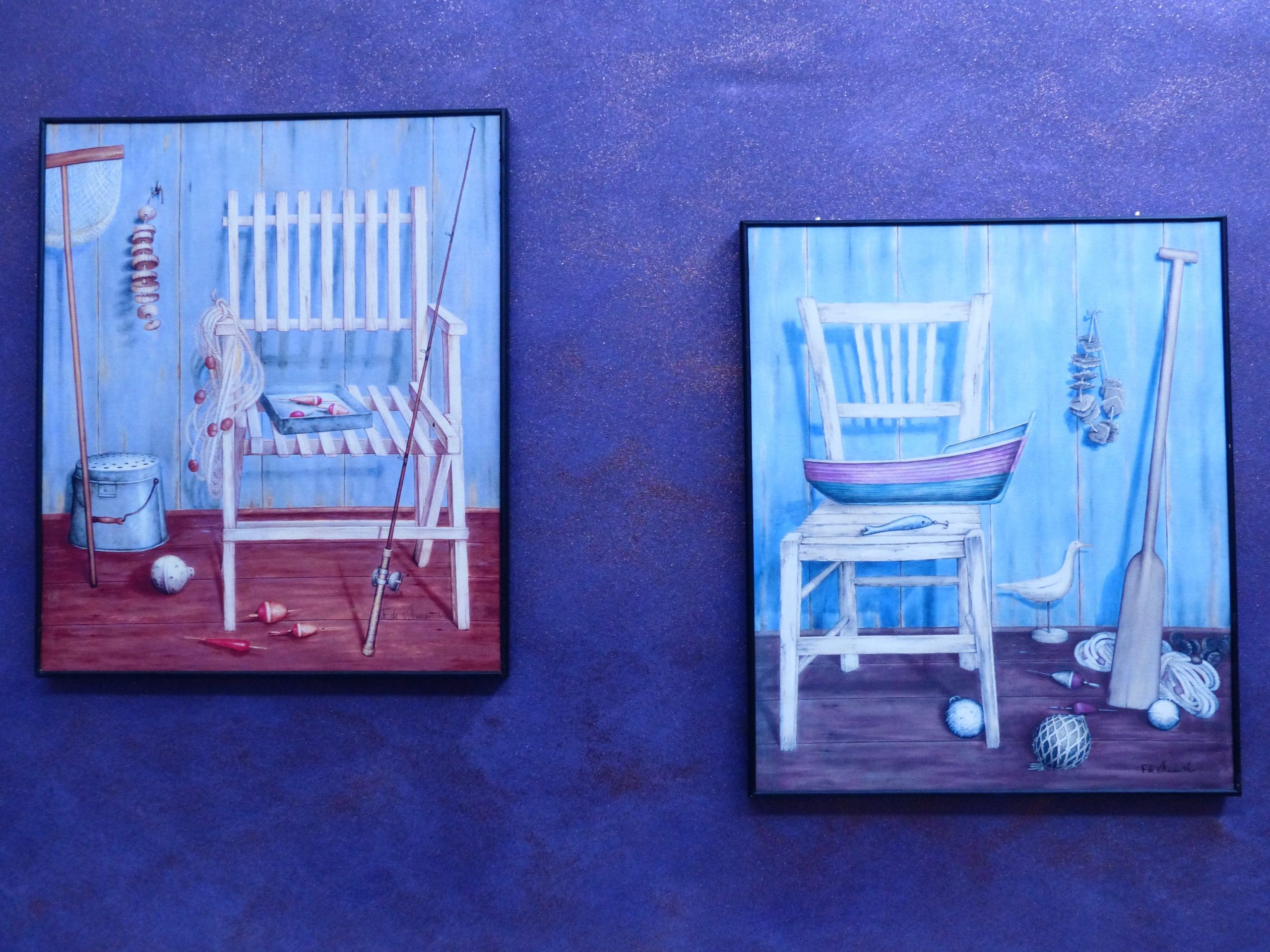
for those with asymmetrical displays who might want to try a more measured design, take another look at the framing advice we gave earlier. matching frames will fit nicely in with a symmetrical gallery wall.
if you’re looking ahead at buying your next piece of artwork, this is a great time to start planning what you might want. do you need a piece that will match one of your current favourites, for a symmetrical balance – or a contrasting artwork, to complete a quirky, asymmetrical design?
a recommended tip is to try sketching out your wall art arrangement ideas before you begin moving things around – it will save you a lot of time over the course of your project.
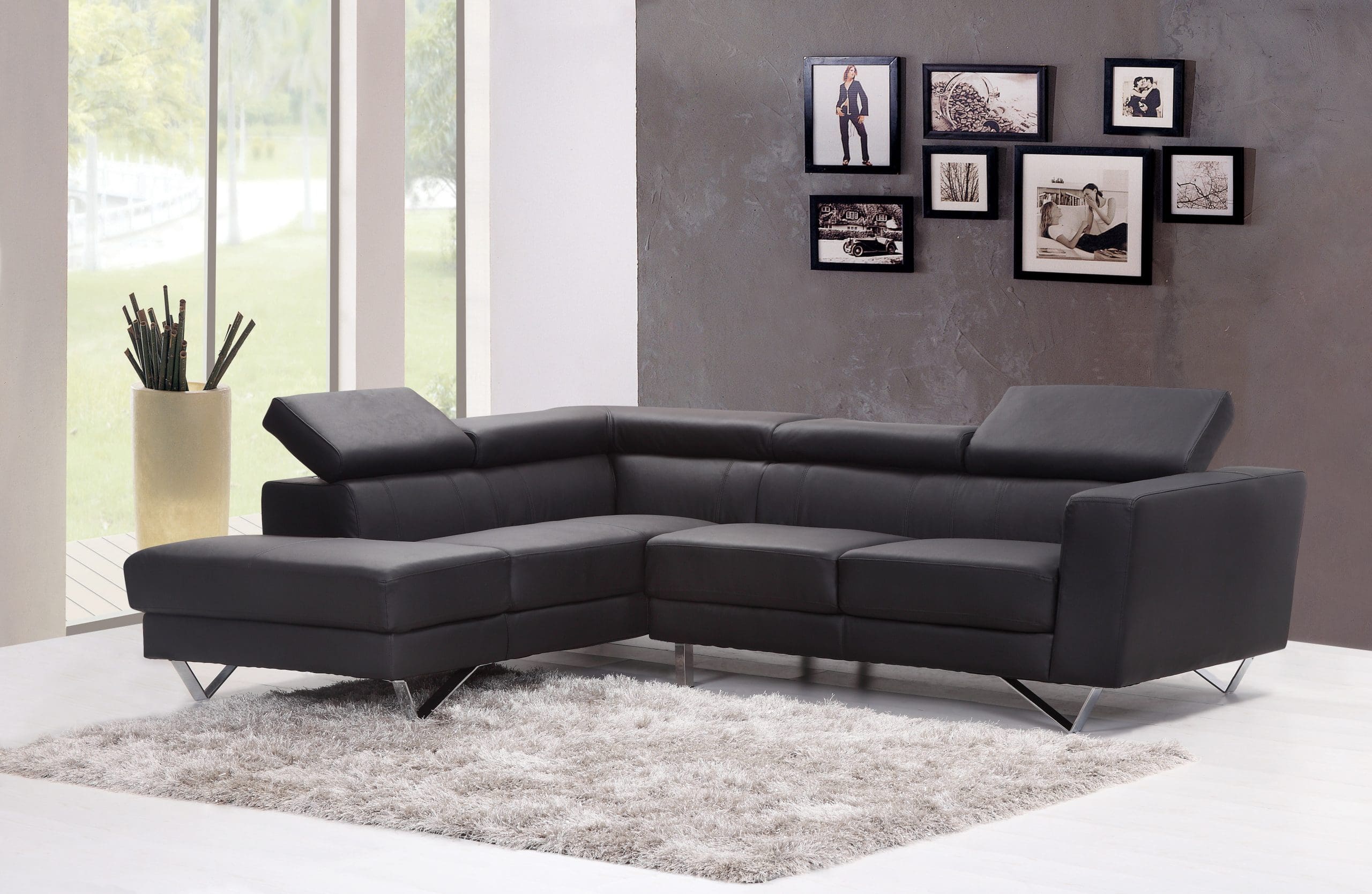
formal or informal?
symmetry also plays a part in the formality of a space. typically, a symmetrical room design will look more formal or traditional, while an asymmetrical one will look more contemporary and informal. switching display methods, as suggested above, is an easy way to mix things up.
there are a few other ways to play around with the formal/informal distinction. if you have a particularly formal room, like a dining room or a sitting room, you may have used more traditional artworks with more serious themes. swapping these with more fun, contemporary styles can be a great way to breathe life back into the room – and into the art.
the same can be said for moving traditional styles of artwork into a more contemporary or informal room. the contrast between the artwork and its surroundings can highlight the piece, and make it seem new again.
perfect pairing
often, refreshing a piece of artwork means pairing it with something new. for a lot of art collectors, this means another painting, but there are many other options to try.
for a slightly busier, salon-style look, you could try combining photography and paintings – as well as other framed items, such as maps or book pages. too many items can look overdone, but adding a few favourite pieces can turn your artwork into even more of a central feature.
a slightly bolder step to take is adding three dimensional artworks to a collection of paintings. for those who’ve only ever purchased paintings before, adding sculptures or other 3-d objects can feel like a big change – but one or two can bring a tremendous sense of depth and purpose to your existing collection.
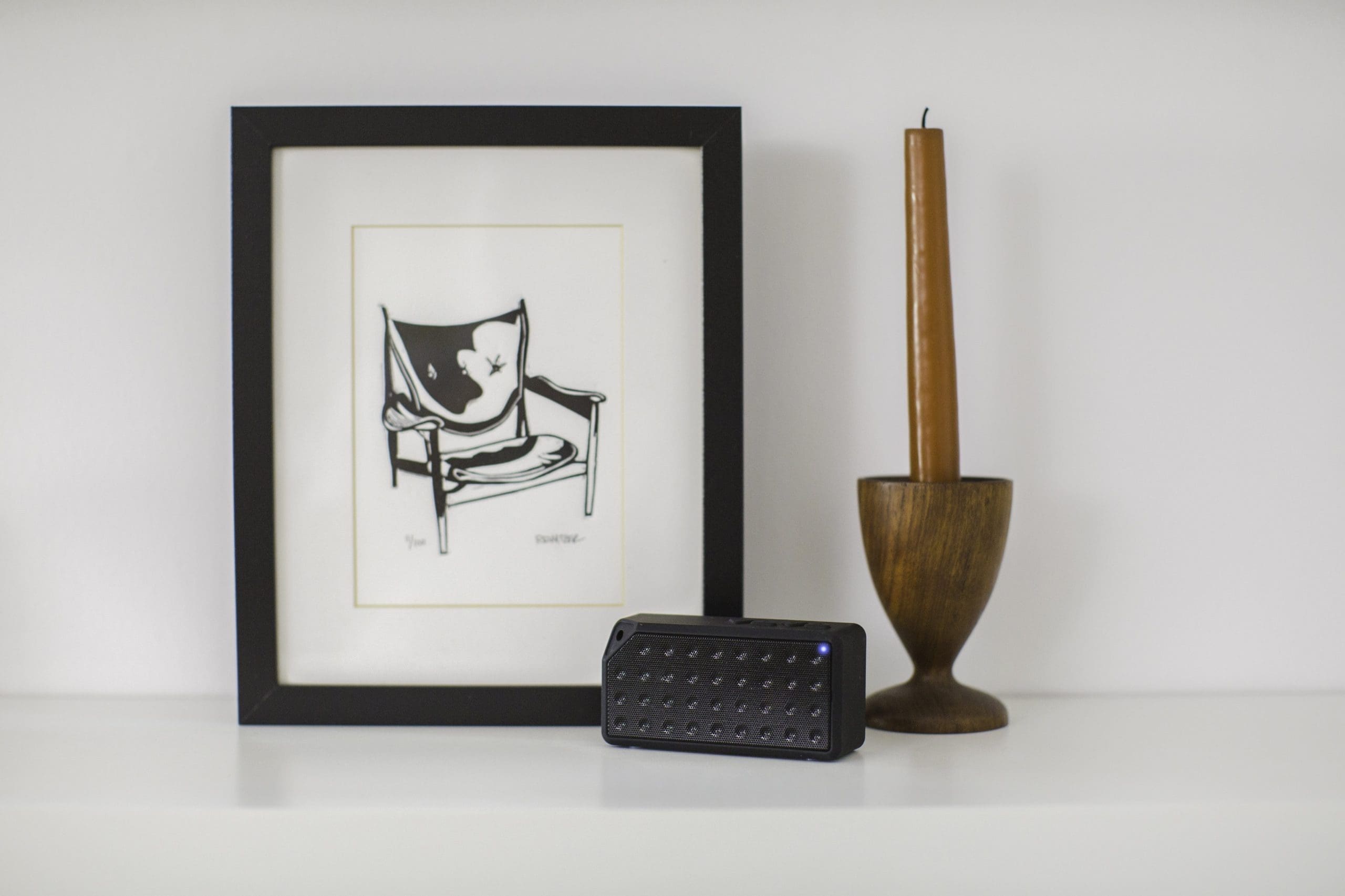
out of sight, out of mind
if you’re fortunate enough to have an extensive art collection, you can choose to store some of your favourite pieces away for a while. (make sure you store it properly – no moths!) you can pull different pieces from the stored collection depending on how you want to change your home look from season to season.
this can also open up space for a couple of new purchases, if you have your eye on your next piece. and, of course, every time you bring out the stored artwork, you’ll have had time to miss it…

